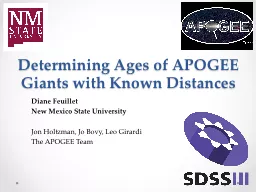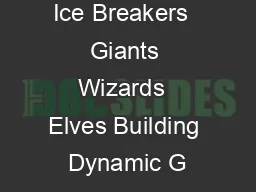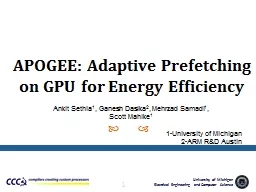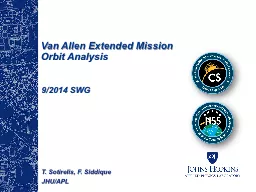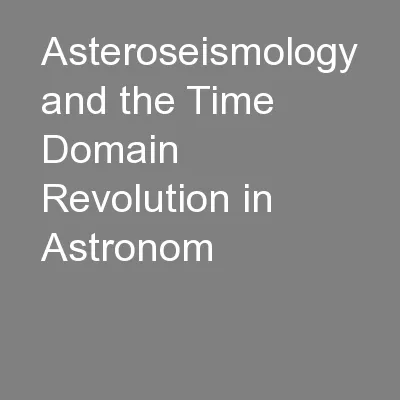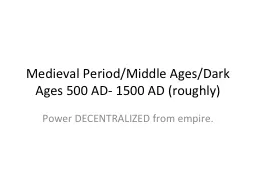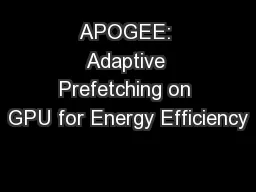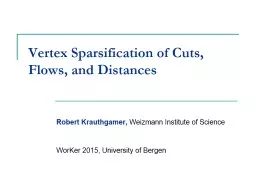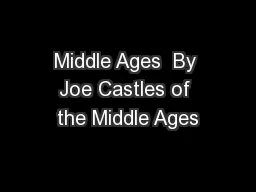PPT-Determining Ages of APOGEE Giants with Known Distances
Author : pasty-toler | Published Date : 2017-03-18
Diane Feuillet New Mexico State University Jon Holtzman Jo Bovy Leo Girardi The APOGEE Team Thick disk Old Kinematically hot Metal poor Alpha rich Thin disk
Presentation Embed Code
Download Presentation
Download Presentation The PPT/PDF document "Determining Ages of APOGEE Giants with K..." is the property of its rightful owner. Permission is granted to download and print the materials on this website for personal, non-commercial use only, and to display it on your personal computer provided you do not modify the materials and that you retain all copyright notices contained in the materials. By downloading content from our website, you accept the terms of this agreement.
Determining Ages of APOGEE Giants with Known Distances: Transcript
Download Rules Of Document
"Determining Ages of APOGEE Giants with Known Distances"The content belongs to its owner. You may download and print it for personal use, without modification, and keep all copyright notices. By downloading, you agree to these terms.
Related Documents

